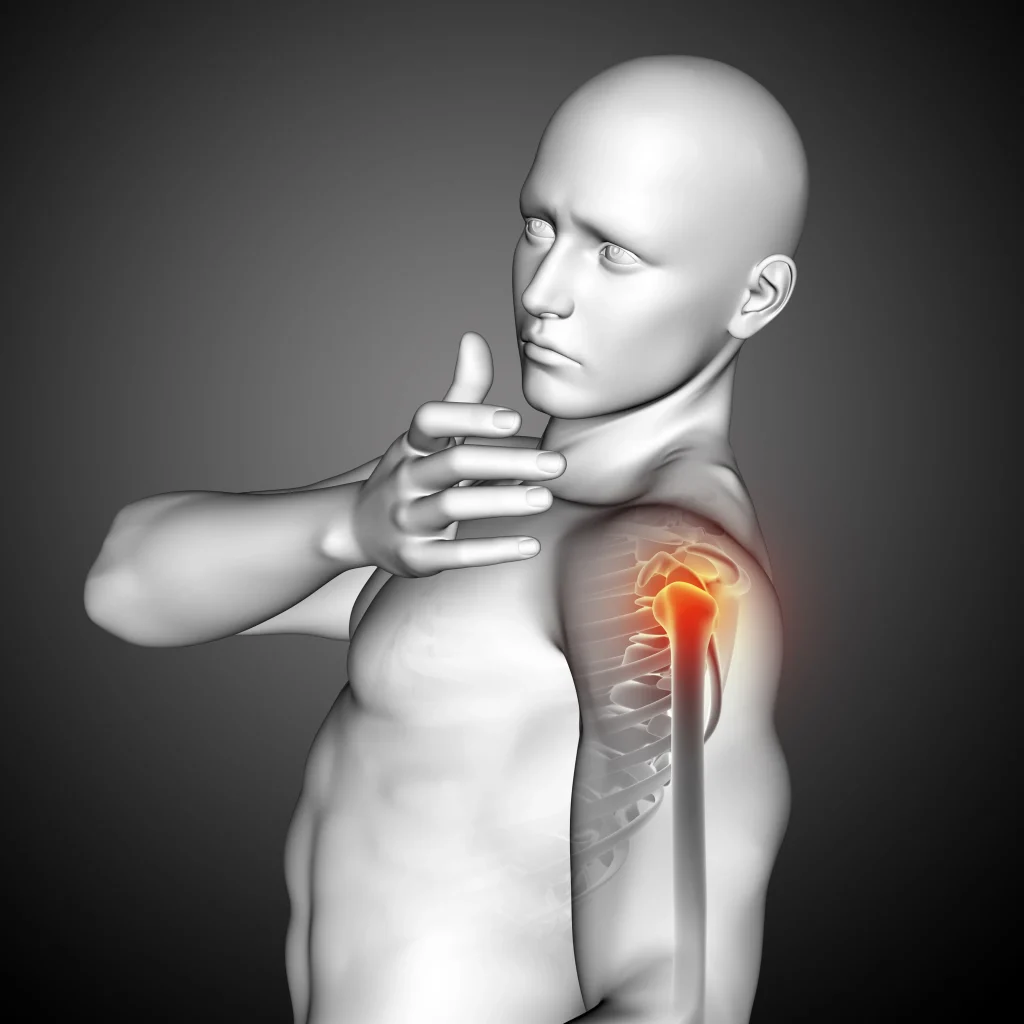Introduction
Shoulder pain and dysfunction due to degenerative changes or trauma can have a significant impact on quality of life. While traditional treatments often rely on pain management or, in severe cases, total joint replacement, modern orthopaedic advances now offer biological reconstruction techniques such as cartilage grafting and bone grafting.
These innovative procedures make it possible to restore the natural joint structure and function.
